|
29. Pontia daplidice s.l. (Linnaeus, 1758) / Bath white / Pieridae – Pierinae
NL: resedawitje / D: Resedaweiβling / F: marbré-de-vert, la piéride du réséda
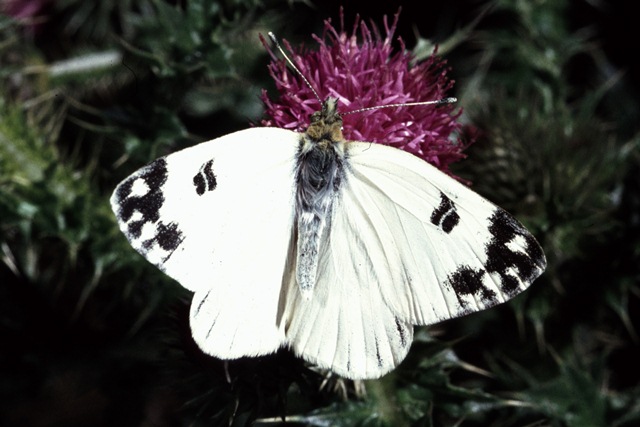 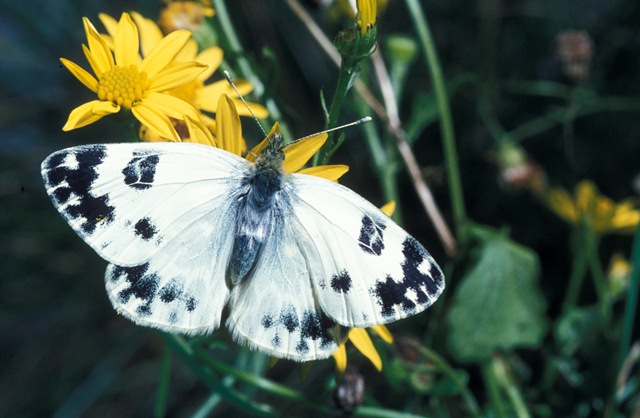 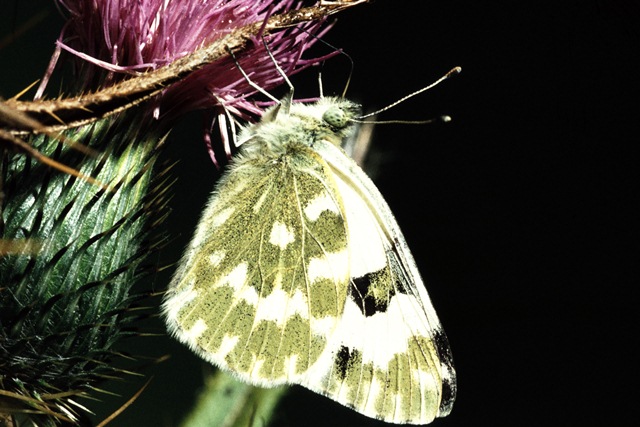
Photographs: Frits Bink ©.
Medium sized, wing length 21 (18-24) mm. Occurs in the Benelux only as a vagrant but can establish a population which may last for a few years. Most are seen in the northern part of the Netherlands, particularly in coastal area of the Wadden Sea.
Adult butterflies are seen from early-June until mid-September and peaks late-July. The species occurs in the sub-maritime and continental climate areas, amplitude 7 to 17. The heat sum for the development of two generations is 750°d and the maximal that can be survived 2900°d, corresponding with climate windows of 24 weeks and full year.
In England it is known as a species occurring in freak immigrations, in the exceptional year of 1945, the butterfly was recorded from many places in the south far beyond the city of Bath, after which this dappled white is named (Thomas & Lewington 1991: 204).
Studies on DNA and sexual behaviour have shown that it is not one but two species, the names for which are: P. daplidice (Linnaeus, 1758) and P. edusa (Fabricius, 1777). Because of this taxonomic complexity, it may be referred to as P. daplidice s.l. and it is dealt with as such here.
Ecological characteristics
Behaviour over time
Overwintering: pupa, attached to stone or stalk.
Reproduction: oviposition starts after 5-7 days when the body contains 63 (56-70) eggs. Estimated potential 2.4 times as much.
Larval feeding periods: 2 to 3 weeks in the period from May to end-September.
Generations: two or sometimes three in hot climates.
Spreading of risk: facultative diapause in pupal stage and spread in development in the larval stage.
Life cycle: egg 6 (4-7) days; larva: fast growing type 14 (10-18), average type 19 (13-24) and slow growing type 24 (17-31) days under the same temperature conditions; pupa 12 (8-15) days or 29-33 weeks when overwintering.
Life span of adult: rather long, 3 weeks.
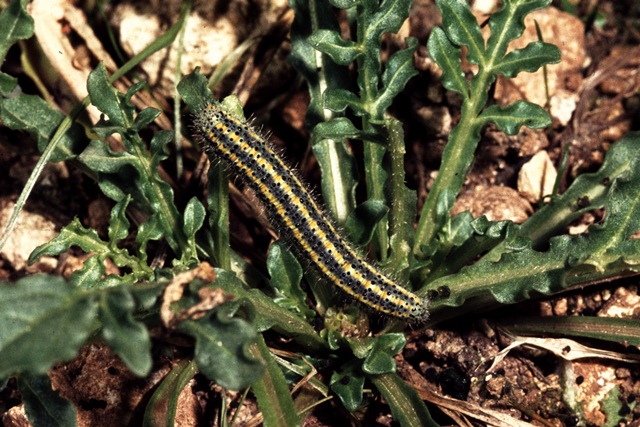 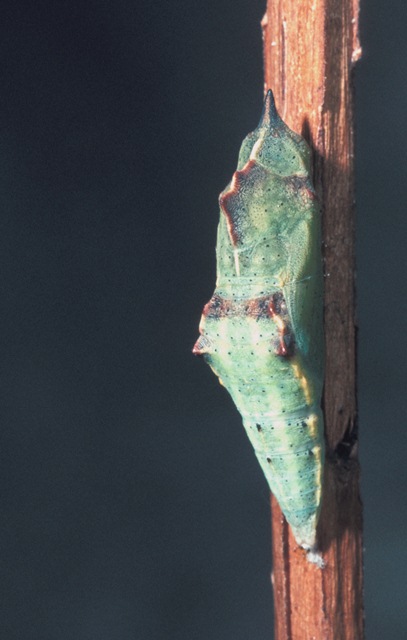
Photographs: Frits Bink ©.
Behaviour in space
From stay-at-home to migrant: nomad, occasionally vagrant.
Finding a mate: male patrols.
Orientation in the landscape: arable field, coastal areas, stony hill sides.
Oviposition: eggs are laid singly on small plants growing on bare soil.
Defence
Threats from other organisms: larva is well camouflaged when it is on a small host-plant on bare chalk soil, adult is ignored by birds.
Threats from the environment: fairly resistant to heat and drought.
Feeding habits
Adult: nectar, all kind of flowers.
Larva: feeds on all parts of the host-plant which are fully exposed to sunlight.
Larval foodplants
Plant species: Brassicaceae, e.g. Lepidium sp, Sisymbrium sp, Thlaspi sp.
Resedaceae, Reseda alba, R. lutea, R. luteola.
Journal
Rearing experiments:
1. Based on specimens from La Motte Chalançon, France:
8 September 1982: collected two females.
13 September: one female started ovipositing on Reseda lutea.
17 September: eggs hatched.
19 September: larvae ate flowers and young leaves.
22 September: some larvae in moult L2-3, some in L3 and one in L4 (15 mm in length). Reduction in the number of larvae, cannibalism?
30 September: one larva pupated, the others in last instar and also ate ripe fruits.
10 October: all except 3 larvae pupated.
22 October: female hatched.
28 October: three males hatched.
30 October: female hatched on 22 October started to oviposit.
7 November: final result: two living pupae, 21 died just prior to emergence of adult, 16 probably dead pupae. Bad result, possibly by using luxuriant Reseda plants. Results better using Reseda growing on poor soil: two surviving pupae and four adults hatched.
Overwintered outdoors.
25 May 1983: male emerged.
2. Material collected at Canary Islands, La Gomera, Valle Gran Ray, altitude 600 m.:
12 March 1993: egg laying observed on Labularia intermedia, female selected very young plants, avoided flowering ones.
20 March: eggs hatched, larvae started feeding on Labularia intermedia.
27 March: larvae put on Hutchinsia alina.
11 April: larvae grew slowly, because of the cold.
18 April: larvae accepted Cardamine pratense.
20 April: first larva pupated.
3 May: first adult appeared.
Table 29-1. Results of dissections

Table 29-2. Collection and observation localities
E, Canary Islands, La Gomera, 28° 05’ 13”N – 17° 19’ 51”W; 12 March 1993.
E, Salinas 37° 36’ 08”N – 0° 43’ 47”W; 10 February 2005.
F, Aurel, 400 m, 44° 43’N – 5° 16’E; 29-8-1984; 2 September 1984.
F, la Motte Chalançon 44° 28’ 40”N – 5° 22’ 23”E; 8 September 1982.
Fig. 29-1. Pontia daplidice s.l., phenogram adapted from Bos et al. 2006: 133.
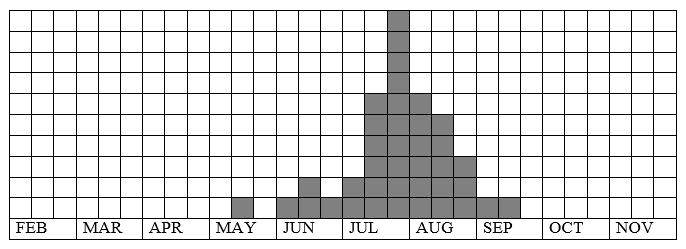
Fig. 29-2. Pontia daplidice s.l., habitat characteristics.
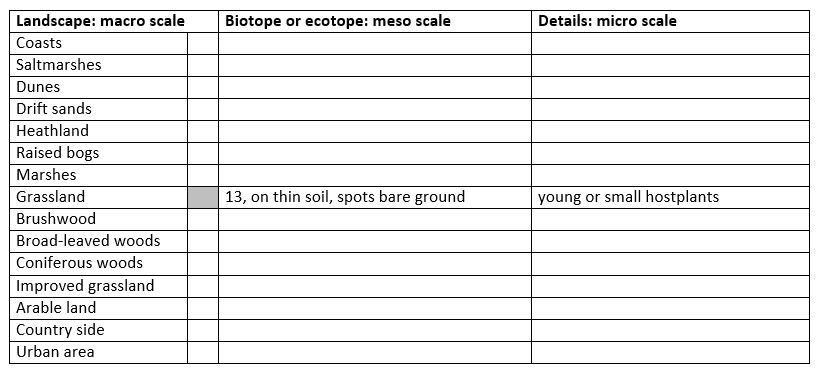
Fig. 29-3. Pontia daplidice s.l., climate matrix, heat-sums 750 (2 gen.) - 2900°d.
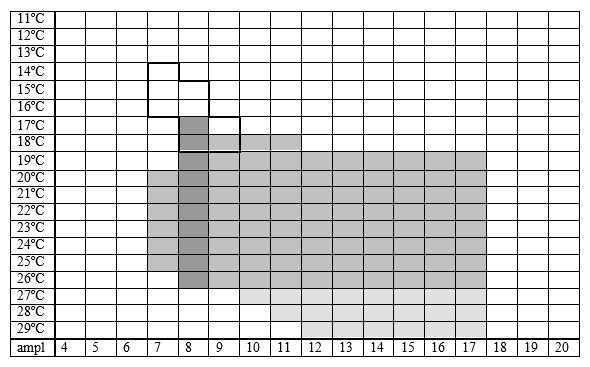
|










